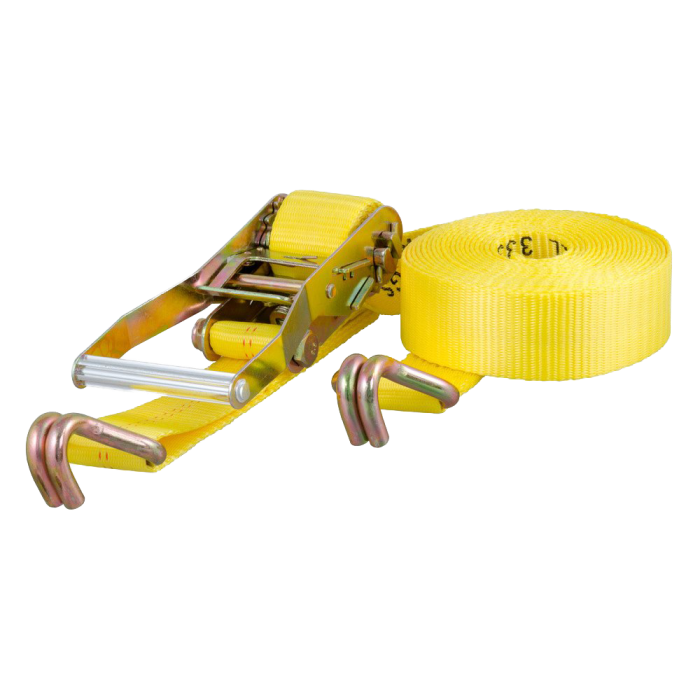From January to August 2011, the total amount of orders for metal processing machines in the United States was US$3.439 billion, a substantial increase of 101% from US$1.711 billion in the same period of 2010.
In terms of product categories, in August, orders for metal cutting and metal forming machines in the United States were 2,036 and 152, respectively. In August, orders for metal-cutting machine tools were US$418 million, an increase of 3.5% from US$404 million in the previous month, an increase of 79.8% from US$232 million in August 2010, and orders for metal forming and manufacturing machines were 44 million. The U.S. dollar fell 59.1% from the previous month's 105 million U.S. dollars, but it was still 256.9% higher than the U.S. million figure in August 2010. From January to August 2011, the US orders for metal-cutting machine tools were US$3.067 billion, a year-on-year increase of 92.4%; orders for metal forming and manufacturing machines were US$372 million, an increase of 219.6% year-on-year.
AMT chairman Douglas Woods said: “While recent news reports indicate that the U.S. economic growth may be stagnant, orders for manufacturing technology and the machine tool industry are still growing. With orders showing a substantial increase from last year, the industry outlook is more optimistic. Companies also look The future development opportunities will increase new capital investment."
Ratchet tie down
Nylon webbing belt ratchet tie down strap is used for tying down loads while transporting, shifting or moving them.
Ratchet Tie Down
Description
1. Color: Blue, yellow, orange or requirement
2. B.S: 800kg-10000KG
3. Strap Material: Polyester, nylon, Polypropylene, Poly-amide, PP, PE...
4. Width: 25MM - 100MM
5. Length: 25ft,27ft,30ft,6m,8m,8.2m,9m,10m,or customize length
6. Hook: with relative double j hook (or claw hook or flat hook) or customize
7. Certificate: TUV, GS, ISO 9001, according to EN12195-2
8. Remark: OEM orders are acceptable
9. Packing: Carton, Pallet for 800KG-10T plastic handle cargo ratchet strap.
10.Place of origin: Zhejiang, China (Mainland)
11.Production lead time: Within 25 days after order of 800KG-10T plastic handle cargo ratchet strap confirmed.
12.Notice: Polyester webbing is unaffected by water, oils, grease and most chemicals, although contact with strong alkali should be avoided.
Used for restraint of cargo on truck or trailer in transportation.
A wide variety of standard and heavy-duty fittings are available.
Caution: cargo lashings must NOT be used for lifting.
The main advantages of ratchet lashings are:
1. Custom logo or design.
2. Load restraint using a tensioning device (ratchet)
3. Effective and safe control of loads whilst transportation
4. Extremely quick and efficient tie down and release of load thus saving time.
5. No damage to the load being tied down.
Specifications:
|
size of Ratchet Tie Down |
25MM-100MM |
|
breaking strength of Ratchet Tie Down |
800KG-10000KG |
|
Length of Ratchet Tie Down |
4M to15M |
Products show


WARNING:
1.The slings should avoid the harm of the sharp instrument when lifting the goods.
2.Don't put something on the ratchet to avoid the danger.
3.Never use slings with damages or defects.
4.Forbidden to tie a knot of the sling or link with a knot. You should link the sling with the right connecting piece.
5.Only use slings with clear identifications.
6.Before use,check working load limit, length and working position.
7. Don't use the ratchet strap for lifting.
Ratchet Tie Down,Ratchet Belt Tie Down,Ratchet Tie Down Straps,Ratchet Straps
Hebei Liston Lifting Rigging Manufacturing Co., Ltd. , https://www.liftingriggings.com
